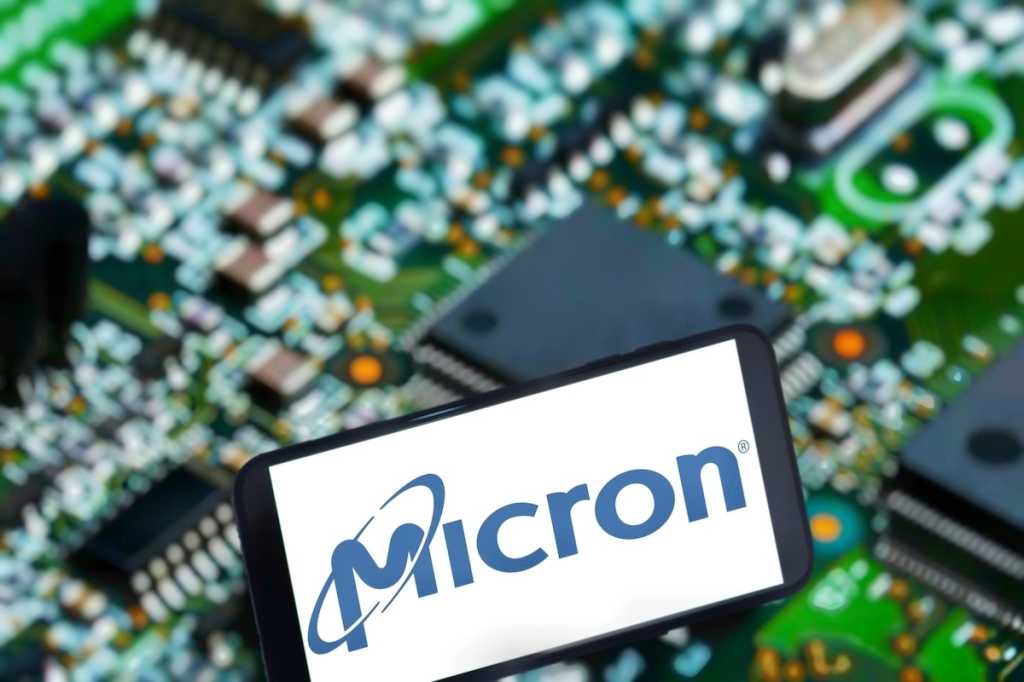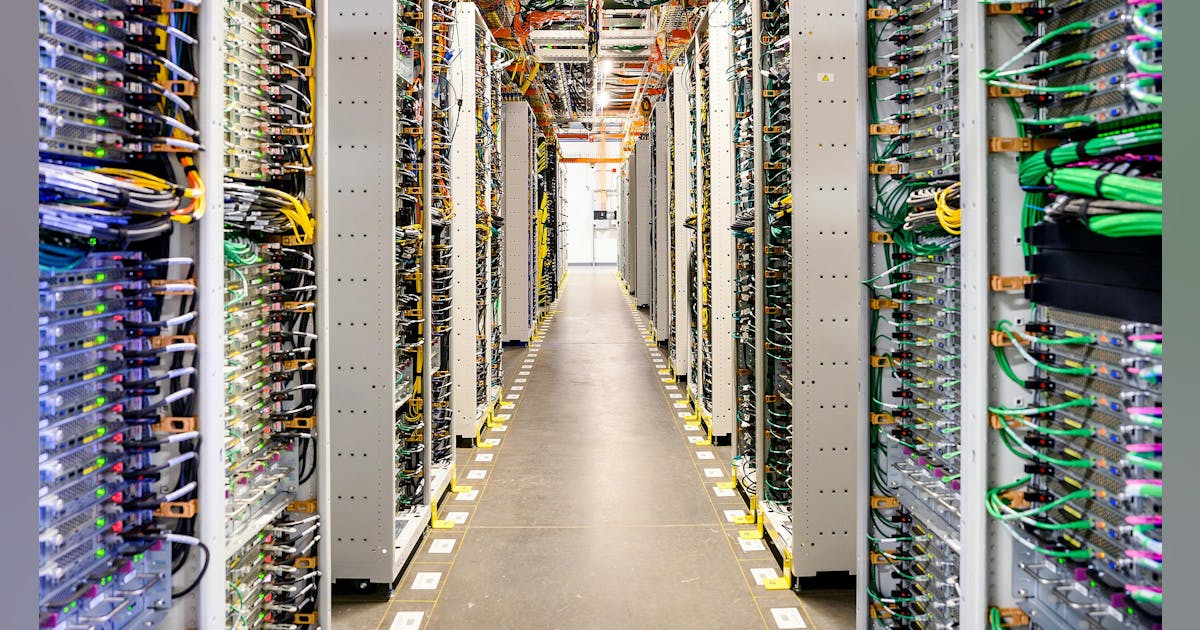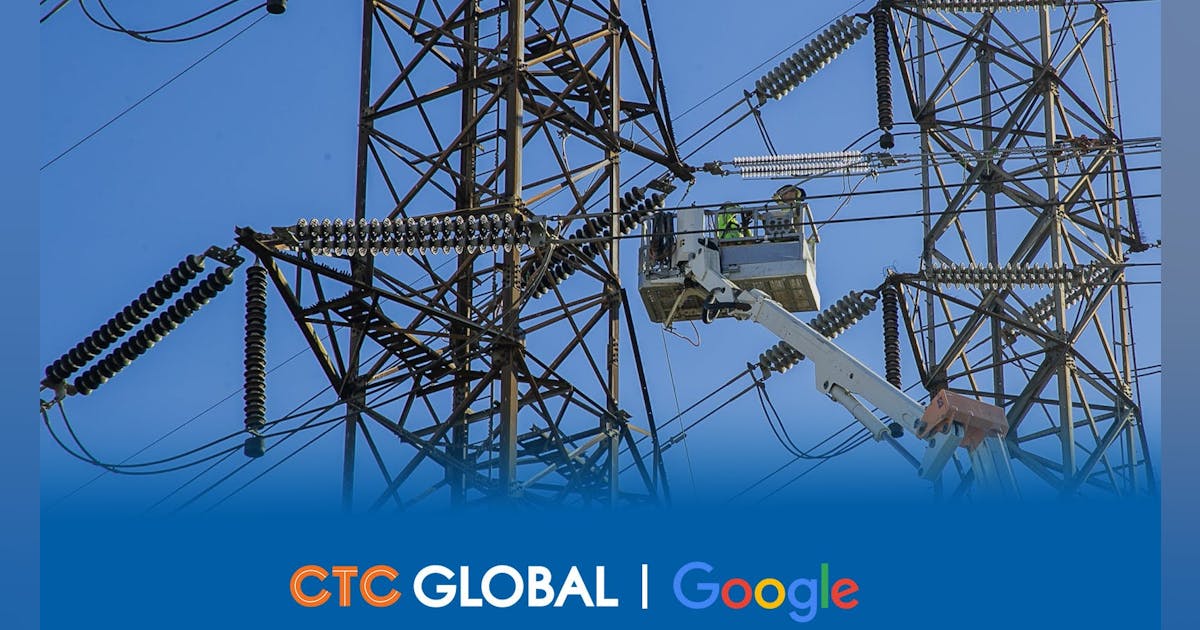Want smarter insights in your inbox? Sign up for our weekly newsletters to get only what matters to enterprise AI, data, and security leaders. Subscribe Now
As generative AI matures, enterprises are shifting from experimentation to implementation—moving beyond chatbots and copilots into the realm of intelligent, autonomous agents. In a conversation with VentureBeat’s Matt Marshall, Ashok Srivastava, SVP and Chief Data Officer at Intuit, and Hillary Packer, EVP and CTO at American Express at VB Transform, detailed how their companies are embracing agentic AI to transform customer experiences, internal workflows and core business operations.
>>See all our Transform 2025 coverage here<<From models to missions: the rise of intelligent agents
At Intuit, agents aren’t just about answering questions—they’re about executing tasks. In TurboTax, for instance, agents help customers complete their taxes 12% faster, with nearly half finishing in under an hour. These intelligent systems draw data from multiple streams—including real-time and batch data—via Intuit’s internal bus and persistent services. Once processed, the agent analyzes the information to make a decision and take action.
“This is the way we’re thinking about agents in the financial domain,” said Srivastava. “We’re trying to make sure that as we build, they’re robust, scalable and actually anchored in reality. The agentic experiences we’re building are designed to get work done for the customer, with their permission. That’s key to building trust.”
These capabilities are made possible by GenOS, Intuit’s custom generative AI operating system. At its heart is GenRuntime, which Srivastava likens to a CPU: it receives the data, reasons over it, and determines an action that’s then executed for the end user. The OS was designed to abstract away technical complexity, so developers don’t need to reinvent risk safeguards or security layers every time they build an agent.
Across Intuit’s brands—from TurboTax and QuickBooks to Mailchimp and Credit Karma—GenOS helps create consistent, trusted experiences and ensure robustness, scalability and extensibility across use cases.
Building the agentic stack at Amex: trust, control,and experimentation
For Packer and her team at Amex, the move into agentic AI builds on more than 15 years of experience with traditional AI and a mature, battle-tested big data infrastructure. As GenAI capabilities accelerate, Amex is reshaping its strategy to focus on how intelligent agents can drive internal workflows and power the next generation of customer experiences. For example, the company is focused on developing internal agents that boost employee productivity, like the APR agent that reviews software pull requests and advises engineers on whether code is ready to merge. This project reflects Amex’s broader approach: start with internal use cases, move quickly, and use early wins to refine the underlying infrastructure, tools, and governance standards.
To support fast experimentation, strong security, and policy enforcement, Amex developed an “enablement layer” that allows for rapid development without sacrificing oversight. “And so now as we think about agentic, we’ve got a nice control plane to plug in these additional, additional guardrails that we really do need to have in place,” said Packer.
Within this system is Amex’s concept of modular “brains”—a framework in which agents are required to consult with specific “brains” before taking action. These brains serve as modular governance layers—covering brand values, privacy, security, and legal compliance—that every agent must engage with during decision-making. Each brain represents a domain-specific set of policies, such as brand voice, privacy rules, or legal constraints and functions as a consultable authority. By routing decisions through this system of constraints, agents remain accountable, aligned with enterprise standards and worthy of user trust.
For instance, a dining reservation agent operating through Rezi, Amex’s restaurant booking platform, must validate that it’s selecting the right restaurant at the right time, matching the user’s intent while adhering to brand and policy guidelines.
Architecture that enables speed and safety
Both AI leaders agreed that enabling rapid development at scale demands thoughtful architectural design. At Intuit, the creation of GenOS empowers hundreds of developers to build safely and consistently. The platform ensures each team can access shared infrastructure, common safeguards, and model flexibility without duplicating work.
Amex took a similar approach with its enablement layer. Designed around a unified control plane, the layer lets teams rapidly develop AI-driven agents while enforcing centralized policies and guardrails. It ensures consistent implementation of risk and governance frameworks while encouraging speed. Developers can deploy experiments quickly, then evaluate and scale based on feedback and performance, all without compromising brand trust.
Lessons in agentic AI adoption
Both AI leaders stressed the need to move quickly, but with intent. “Don’t wait for a bake-off,” Packer advised. “It’s better to pick a direction, get something into production, and iterate quickly, rather than delaying for the perfect solution that may be outdated by launch time.” They also emphasized that measurement must be embedded from the very beginning. According to Srivastava, instrumentation isn’t something to bolt on later—it has to be an integral part of the stack. Tracking cost, latency, accuracy and user impact is essential for assessing value and maintaining accountability at scale.
“You have to be able to measure it. That’s where GenOS comes in—there’s a built-in capability that lets us instrument AI applications and track both the cost going in and the return coming out,” said Srivastava. “I review this every quarter with our CFO. We go line by line through every AI use case across the company, assessing exactly how much we’re spending and what value we’re getting in return.”
Intelligent agents are the next enterprise platform shift
Intuit and American Express are among the leading enterprises adopting agentic AI not just as a technology layer, but as a new operating model. Their approach focuses on building the agentic platform, establishing governance, measuring impact, and moving quickly. As enterprise expectations evolve from simple chatbot functionality to autonomous execution, organizations that treat agentic AI as a first-class discipline—with control planes, observability, and modular governance—will be best positioned to lead the agentic race.
Editor’s note: As a thank-you to our readers, we’ve opened up early bird registration for VB Transform 2026 — just $200. This is where AI ambition meets operational reality, and you’re going to want to be in the room. Reserve your spot now.
Daily insights on business use cases with VB Daily
If you want to impress your boss, VB Daily has you covered. We give you the inside scoop on what companies are doing with generative AI, from regulatory shifts to practical deployments, so you can share insights for maximum ROI.
Read our Privacy Policy
Thanks for subscribing. Check out more VB newsletters here.
An error occured.



















